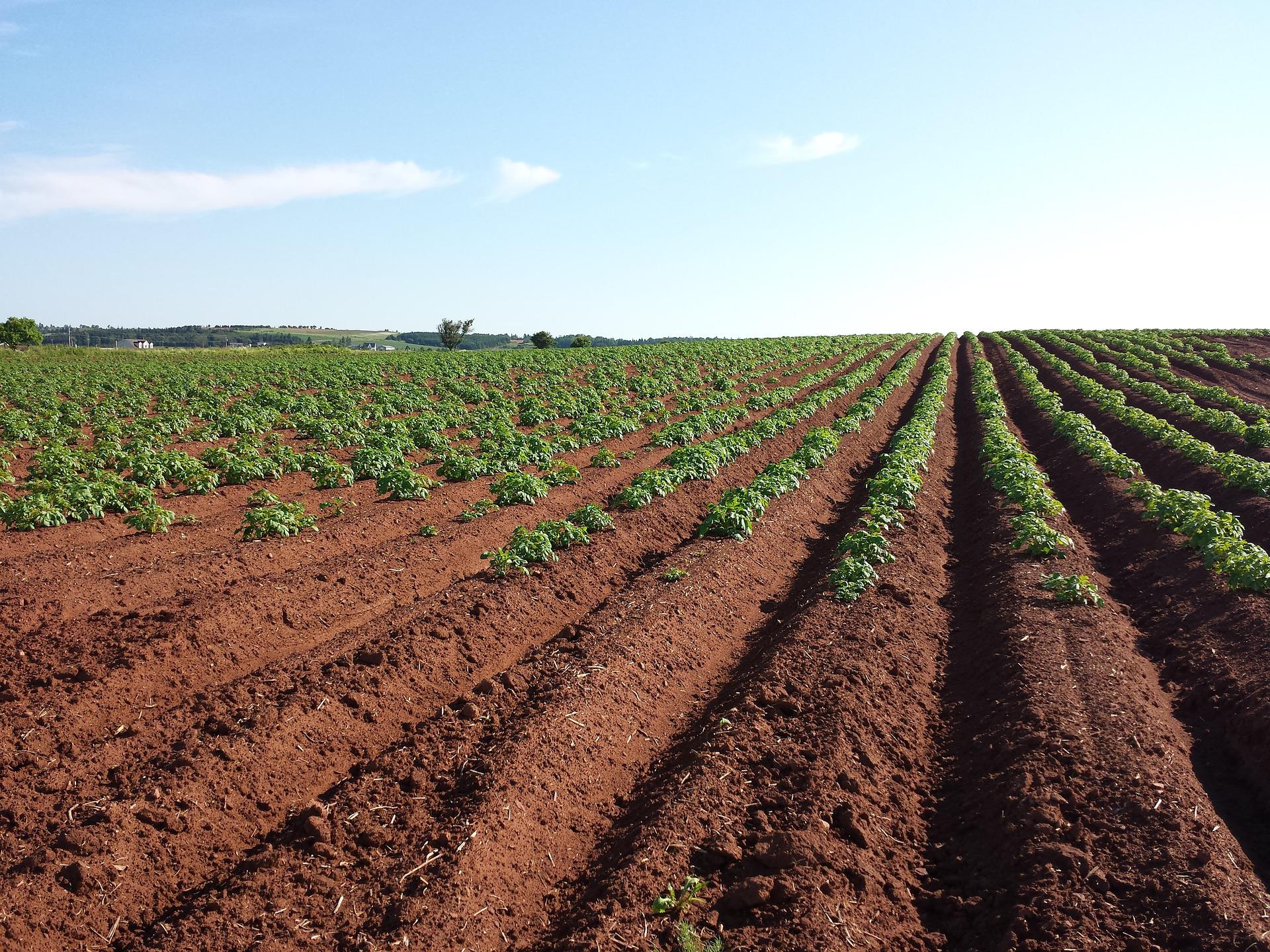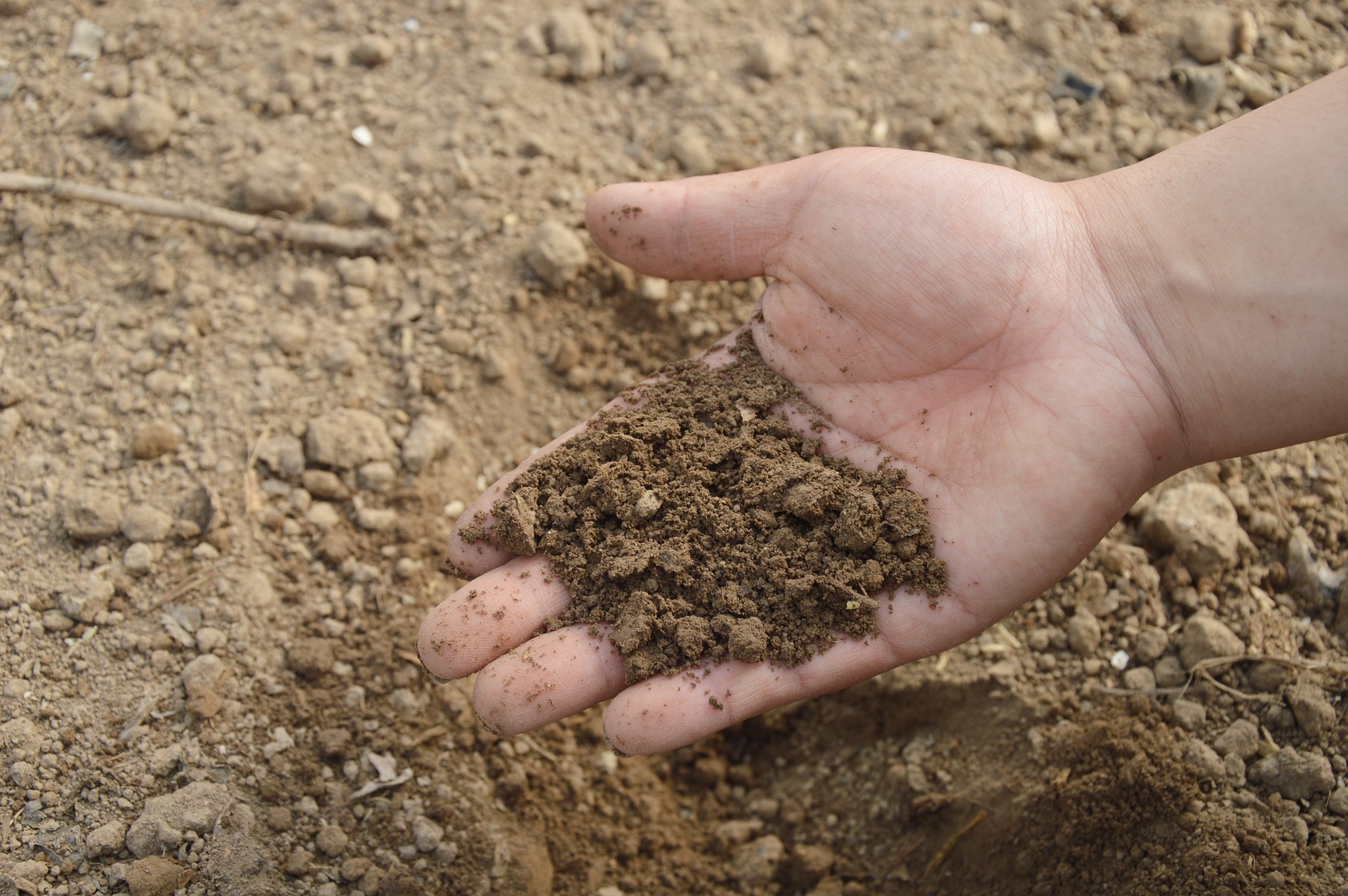If you’re new to gardening, the concept of a soil amendment may be new to you. Depending on the type of soil that’s on the property and what you plan on growing, there may be no need for amendment. It’s also possible that some form of soil amendment would make a significant difference. Before it’s time to plant, learn more about the amendment, what it can do when it’s needed, and how to go about the process.
When and How to Amend Soil
Understanding the Nature of a Soil Amendment
What is a soil amendment? It’s a process used to enhance certain characteristics or properties of the soil. The idea is to make the general environment better for growing different types of plant life.
More than one characteristic of the soil can be altered by way of amendment. It’s possible to increase the rate of water retention of drainage. This approach can be utilized to improve the permeability of the soil. There are amendments that help to improve the aeration of the soil, something that can also help with plant growth.
How is an Amendment Different From Fertilizing the Soil?
People sometimes wonder if amendments are the same as adding nutrients to the soil. In fact, there is some overlap in that there are elements used for amending soil that also happen to add nutrients. Even so, it’s important to realize that amendment may or may not do anything to increase the nutritional content. What it will do is alter the soil’s physical condition.
By contrast, fertilizer is intended to add to the nutrition found in the soil. It does not have much of an impact on the soil’s condition. That is, soil that is already excellent for water retention is not likely to be changed by the addition of fertilizer.
Despite some slight overlap, it’s best to consider the amendment and fertilizing as two different approaches to preparing the soil for gardening purposes that are intended to accomplish different aims.
Knowing If the Soil Needs an Amendment
How do you tell if the soil needs amendment in some manner? One of the easiest ways is to attempt to dig in the soil itself. If it’s so compacted that digging is almost impossible, that could mean certain types of plants will not grow well. The same is true if the soil is so loose that it doesn’t seem capable of sustaining anything other than grass or a similar ground cover.
There are also soil testing kits that can provide some insight into the overall condition of the soil. While some of the results are aimed at identifying the nutrients that are present, they also provide insight into the soil texture. A simple test could help you decide if some form of amendment is needed, based on what you hope to grow on the property.
Materials That Can Be Used for Soil Amendment
Organic and inorganic materials can be used for amendment. Among the organic materials that are often recommended, consider the use of livestock manure. You can also make use of straw, wood ash, sawdust, and grass clippings. Organic material that’s chipped finely or shredded is likely to be useful for this type of treatment.
Inorganic materials that may be used include sand and pea gravel. Old tires can also be chipped into tiny pieces and worked into the soil. You can also consider the idea of using lime in some applications.
How do you know if it’s best to use organic or inorganic elements? It depends on the type of soil that’s already in place. For example, using organic elements will work better with clay soil than using their inorganic counterparts.
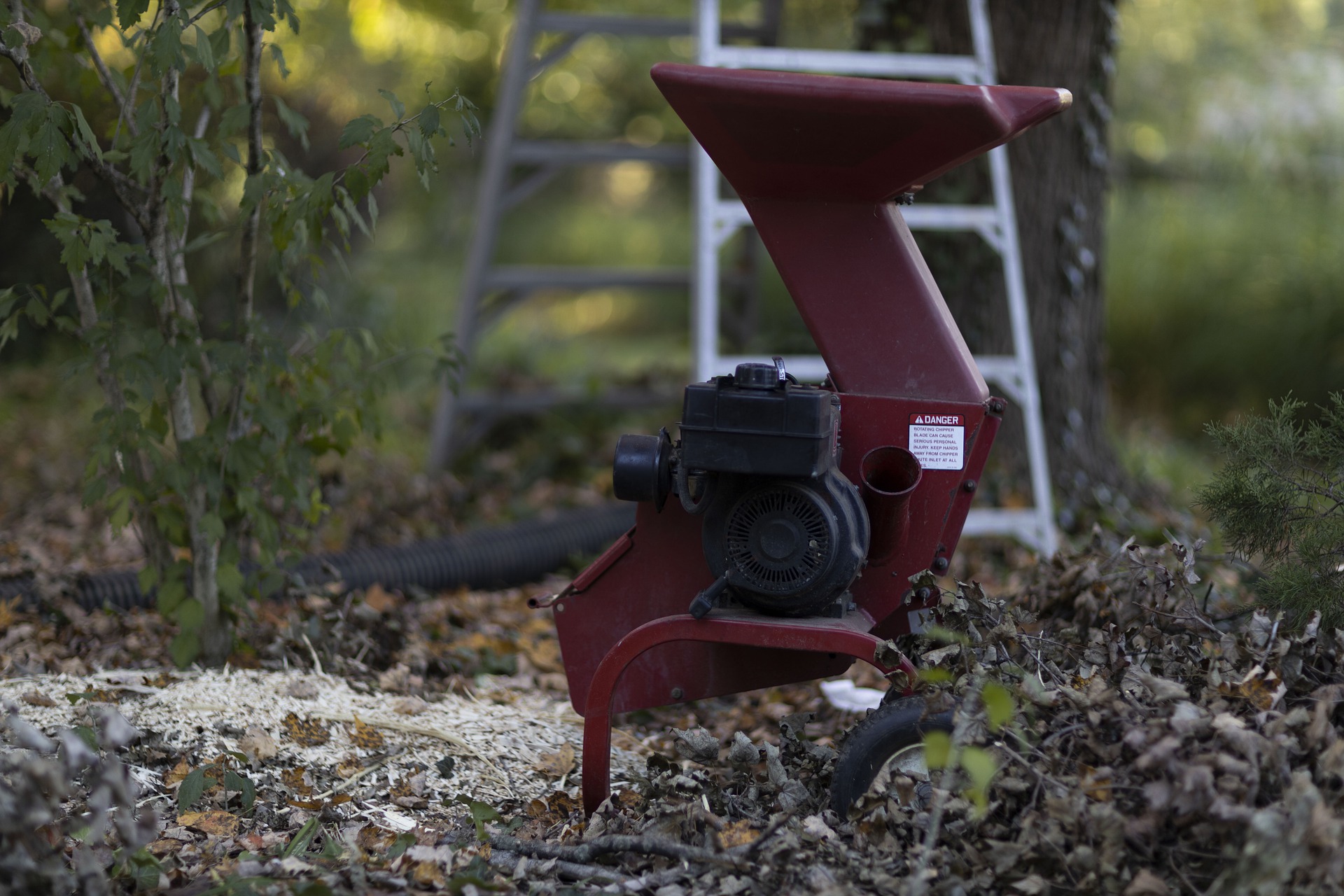
Preparing Those Materials For Use
Some materials used for amendment require no type of preparation at all. They are already in a state that makes them ideal for the purpose. This would include elements like sawdust, sand, and grass clippings. All of these are small enough to use without any further chipping or processing.
With others, it may be necessary to break them down further for use. With old tires, the material needs to be chopped as finely as possible. Wood chips are usually small enough for use, but shredding them further may make them more effective. Remember that a material may be in too large a pieces, but it’s impossible to make them too small for use.
When is the Best Time For Soil Amendment?
Like other forms of preparing the soil for gardening, amendments are best done in the weeks leading up to the planting. This means you will want to begin the process ahead of the pending growing season, but after a time when the soil has thawed from the winter cold.
As a general rule, look toward the early spring or the late autumn is the time to consider amending the soil. The former is past the time when the ground is frozen, so you have a better idea of what sort of mending is needed. The latter is a good way to prepare the soil for the coming winter, and be more prepared for planting when warm weather returns.
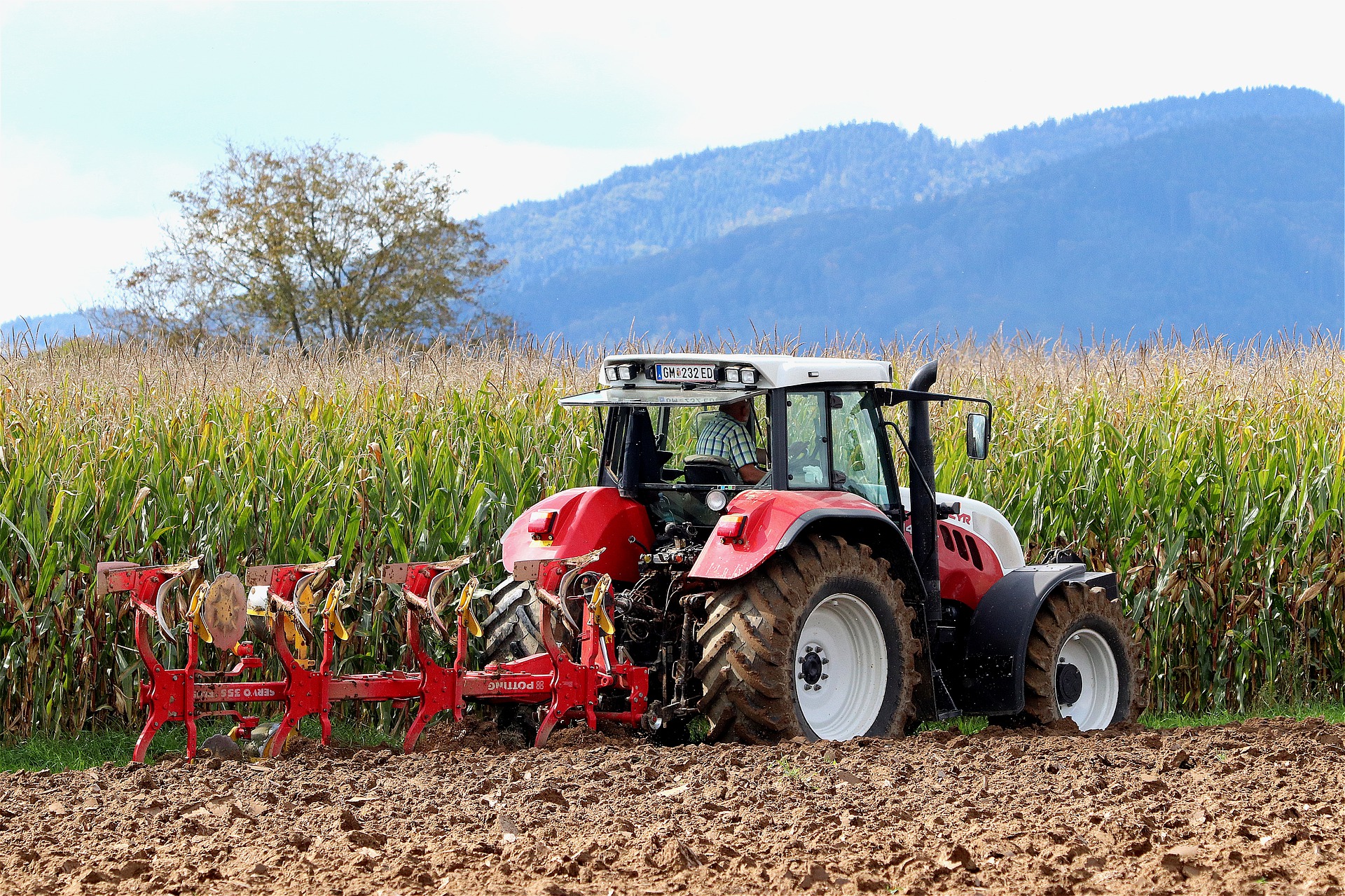
Soil Amendment and Preparing the Ground for Growing Vegetables
If you’re wondering how to prepare soil for planting vegetables, it’s possible to break the process down into three distinct steps. All of them take place after conducting a soil analysis. There are home kits that you can use for this process, or you can collect a sample and have it analyzed in a lab.
Once you have the results, focus on any need for amendment. Remember that certain materials work best with enhancing the properties of particular soil. To add the amendment, use a tiller to turn the soil and then work the material into it. You’ll want to turn it again after several days to aid in even distribution.
The key is to include enough amendment to alter the soil for planting. When you turn the soil prior to planting, make sure the materials are at a depth of at least six inches. Closer to twelve inches would be best. Depth paired with equal distribution will achieve the effect that you want.
Next, consider composting the soil. Now that you’ve enhanced the soil texture, it’s time to add nutrients. Compost will continue to break down and mingle with the soil contents. This ensures that whatever you plant will have what’s needed to take root and grow.
Last, fertilizing must be part of the gardening process. This can be done after the plants are in the ground and repeated as needed throughout the growing season. As with the choice of amendments, the choice of fertilizer will depend on the kind of soil that’s present in the garden, and the kind of vegetables you’re growing.
Planting Your First Vegetable Garden From Scratch
Learning how to start a vegetable garden from scratch is easier than most people think. From small gardens in the city to larger acreage in the country, there are basics that apply in every case. Here is what you will need to do:
*Select an area for the garden. Ideally, it will be an open area with plenty of access to sunlight.
*Treat the soil. This will involve amending the soil if needed as well as using compost to add nutrients.
*Choose seeds that are known to thrive in your climate. While you can alter the soil texture and nutrient content, there’s nothing you can do about the weather.
*Plant the seeds. Make sure you know the proper depth and spacing based on the particular crop. This allows room for roots to spread and for the sprouted seeds to grow into mature plants.
*Follow recommendations for hoeing, adding fertilizer, and other elements of tending a garden. Doing so increases the odds for all the fresh vegetables that you can use.
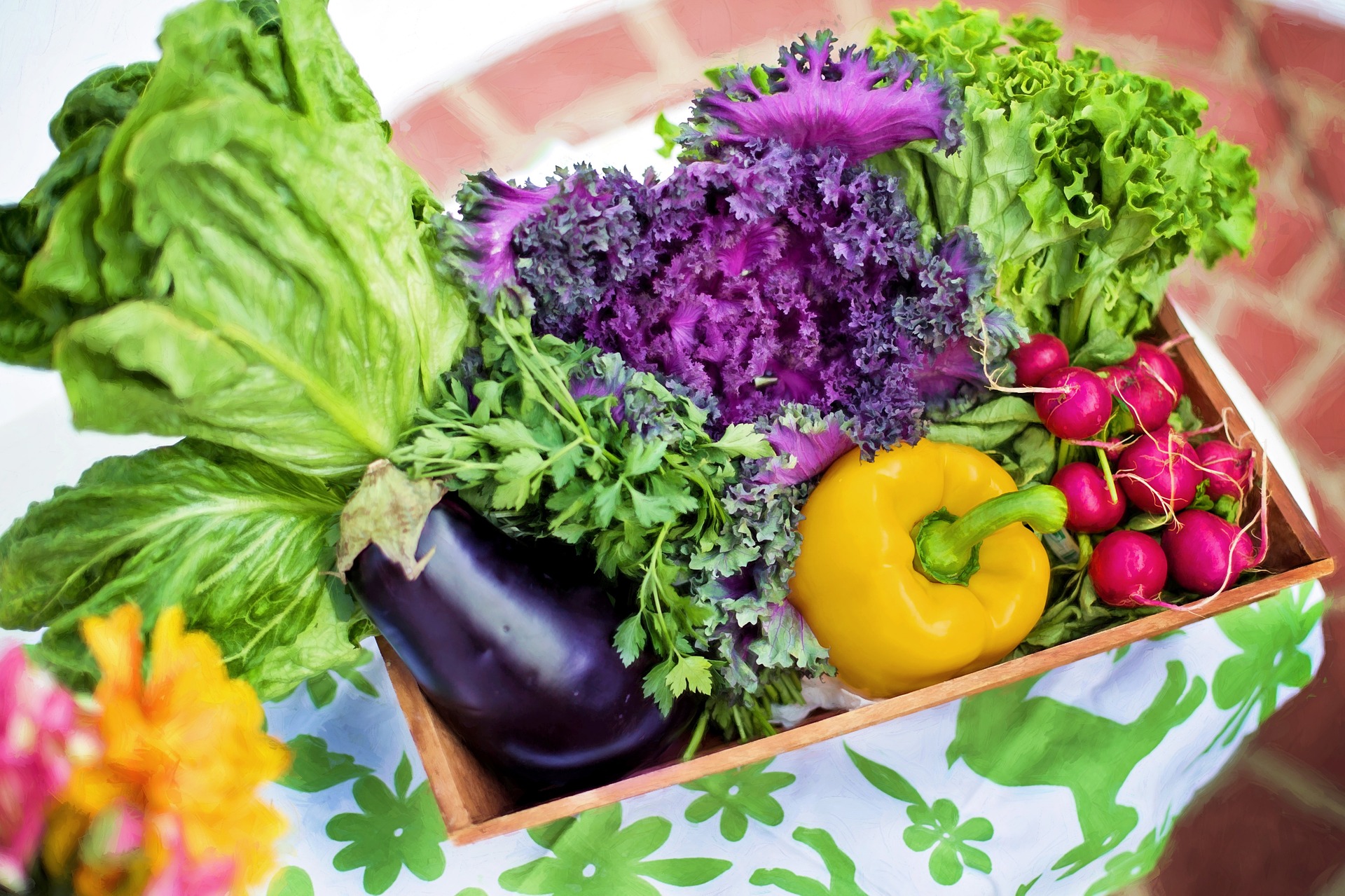
Amendments Once the Growing Season is Over
Even if you amended the soil prior to the growing season, it never hurts to take a fresh look once the harvest is over. After collecting the vegetables, remember that any remaining stalks and greenery can be added to a compost pile or bin for use later on. This will clear out the space and make it easier to conduct another analysis of the soil.
Based on what you find, feel free to add various materials that will help the soil be ready for the next growing season. The winter months between the end of the growing season and the start of the next one will not adversely affect those materials. Till and turn using the same strategy that was followed prior to the spring planting.
Remember that needs for soil amendments can change over time. That may have to do with a change in they types of vegetables that you plan on growing next year, or it could have to do with the alterations that past amendments made in the soil. For this reason, don’t assume that what you used in the past is still the best choice. Use that fresh analysis to identify what needs to change about the soil texture, then plan the amendment accordingly.
If you want more tips on how to manage a soil amendment, make use of local resources that provide additional details. You can also find information at the site you use to purchase the seeds for your upcoming vegetable garden. Between the two, you will know if amendment is needed, what to use, when to use it, and the outcome that’s likely to occur.
Fruit-trees.com uses only the cleanest stocks available for propagation and provides detailed information about planting and care, in order to give your fruit trees the greatest opportunity for success.
Visit fruit-trees.com now to pre-order your new trees for spring or summer.
